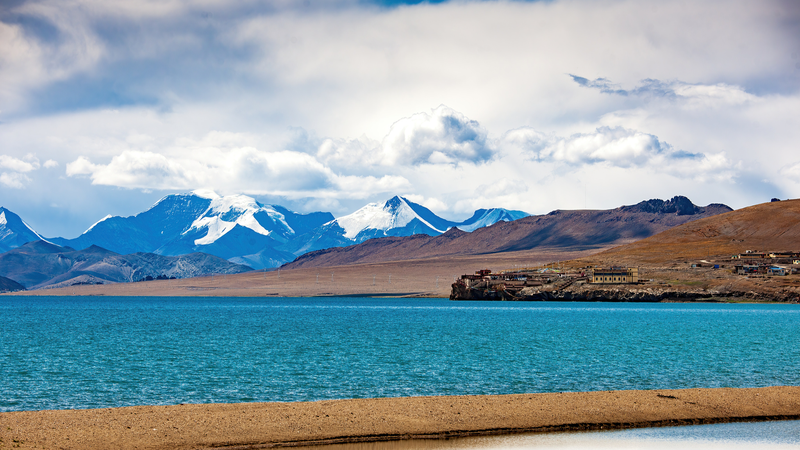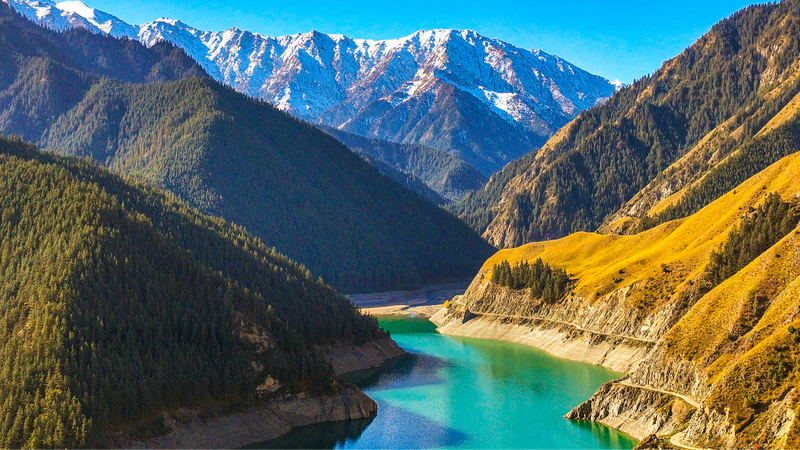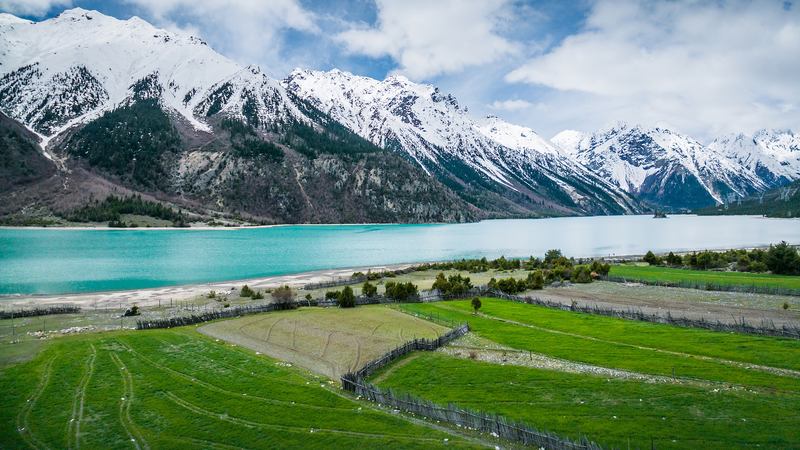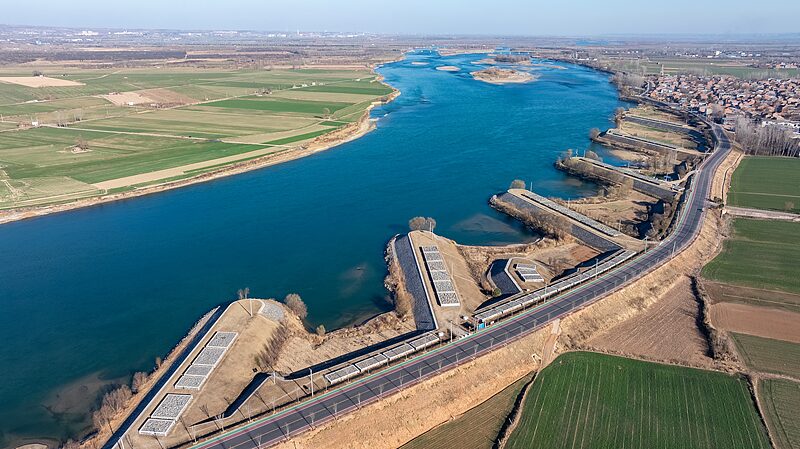Chinese scientists have achieved a breakthrough in understanding the Qinghai-Xizang Plateau's water cycle dynamics through a landmark study on below-cloud evaporation. Researchers from the Northwest Institute of Eco-environment and Resources (NIEER) under the Chinese Academy of Sciences announced their findings this week, addressing a critical gap in climate research for one of Asia's most ecologically significant regions.
Why This Matters
Known as 'Asia's Water Tower,' the Qinghai-Xizang Plateau feeds ten major river systems supporting nearly 2 billion people. The new research provides quantitative data on how rising global temperatures affect moisture distribution patterns in this high-altitude zone – crucial information for predicting water security across the continent.
Scientific Milestone
For the first time, researchers established long-term observation systems in the plateau's remote hinterland. 'This allows us to model how changing evaporation rates interact with glacial melt and precipitation,' an NIEER spokesperson explained. The findings could reshape climate adaptation strategies for downstream nations reliant on Himalayan water sources.
Global Implications
As climate change intensifies, understanding the plateau's hydrological mechanisms becomes vital for:
- Predicting flood/drought patterns in South and Southeast Asia
- Informing cross-border water management policies
- Guiding sustainable infrastructure investments
The study underscores China's growing role in addressing regional climate challenges through scientific innovation.
Reference(s):
Study tracks below-cloud evaporation in Qinghai-Xizang Plateau
cgtn.com








